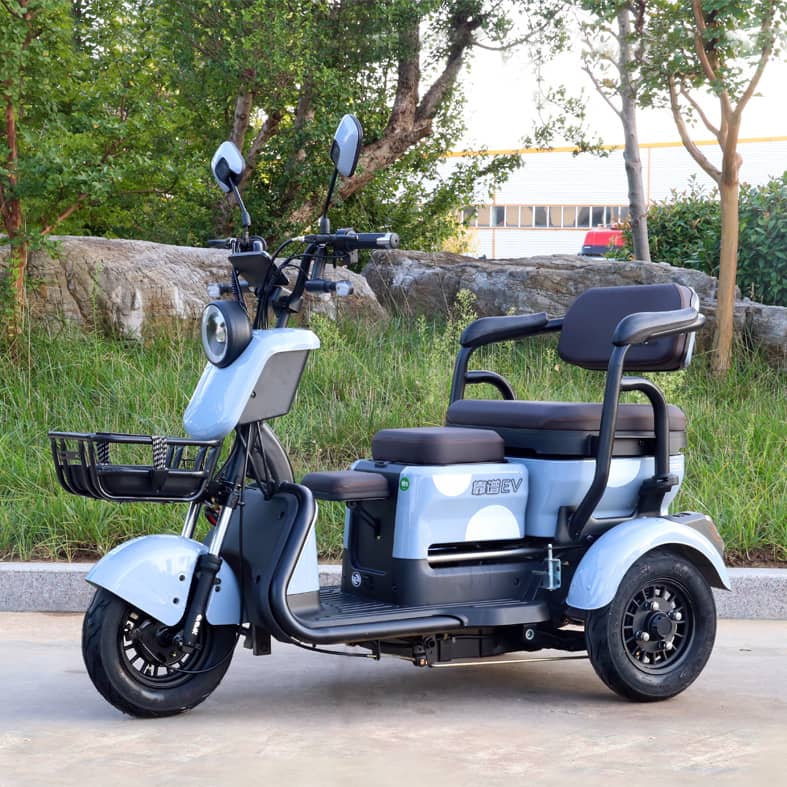Characteristics of Low Speed Electric Vehicles
2024-05-15
A low-speed electric vehicle (LSV) is a type of electric vehicle (EV) designed for use in urban or suburban areas at relatively low speeds. These vehicles are typically smaller and lighter than conventional cars and are intended for short-distance travel, such as commuting, running errands, or leisurely driving within neighborhoods or gated communities. Here are some key features and characteristics of low-speed electric vehicles:
1. Electric Powertrain: LSVs are powered by electric motors and batteries, making them zero-emission vehicles that produce no tailpipe emissions. They are typically powered by rechargeable batteries, such as lead-acid or lithium-ion batteries, which store and supply electrical energy to the motor.
2. Speed Limit: LSVs are designed to operate at lower speeds compared to conventional vehicles. In the United States, they are typically limited to a maximum speed of 25 miles per hour (mph) (about 40 kilometers per hour). This lower speed limit is suitable for local travel and allows LSVs to operate safely on roads with lower speed limits.
3. Safety Features: Despite their lower speeds, LSVs are equipped with safety features to protect occupants and pedestrians. This may include seat belts, headlights, turn signals, mirrors, and braking systems compliant with safety standards for road vehicles.
4. Design and Configuration: LSVs come in various designs and configurations, including compact cars, golf carts, neighborhood electric vehicles (NEVs), and low-speed utility vehicles (LSUVs). They may have two, three, or four wheels, with open or enclosed cabins, depending on the intended use and regulations in the area of operation.
5. Regulations and Licensing: LSVs are subject to regulations and licensing requirements that vary by jurisdiction. In many regions, they are classified as neighborhood electric vehicles (NEVs) or low-speed vehicles (LSVs) and may require specific permits, licenses, or registration to operate on public roads.
6. Environmental Benefits: LSVs offer environmental benefits compared to conventional vehicles, including reduced greenhouse gas emissions, noise pollution, and dependence on fossil fuels. They can contribute to local air quality improvement and help mitigate the impacts of climate change.
7. Urban Mobility Solutions: LSVs are part of a broader trend toward sustainable urban mobility solutions, including electric bicycles, scooters, and public transit. They offer an alternative to conventional cars for short-distance trips, reducing traffic congestion and parking demand in urban areas.
Overall, low-speed electric vehicles provide a convenient, environmentally friendly, and cost-effective transportation option for short-distance travel in urban and suburban environments. They play a role in promoting sustainable mobility and reducing the environmental footprint of personal transportation.



